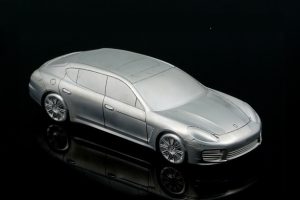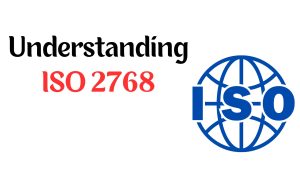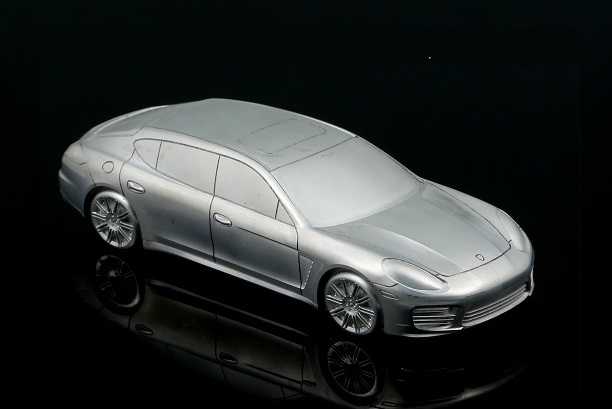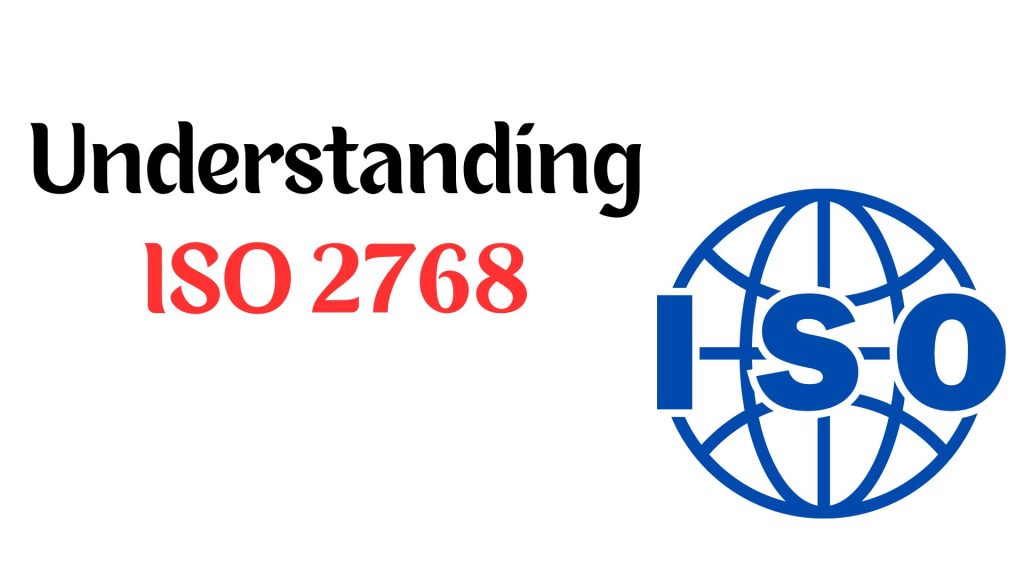The majority of injection molded parts are rigid plastic parts. Typically, these parts are made from thermoplastics such as ABS or PC, with different plastics offering different material properties for different applications.
However, injection molding can also be used to produce flexible parts: parts that are soft, pliable, shock-absorbing, ductile, or elastic. Products such as hand grips, gaskets, protective smartphone covers, and certain medical implants all require a rubber-like material to perform their function, and injection molding offers two outstanding material options for making such products.
The first of these materials is liquid silicone rubber (LSR), a thermoset that requires its own special variant of the injection molding process. The other is a group of thermoplastics known as thermoplastic elastomers (TPE), which can be processed like conventional rigid thermoplastics but offer rubber-like properties.
This article examines the LSR vs. TPE injection molding discussion, comparing material properties, advantages and disadvantages, and suitable applications.
What is Liquid Silicone Rubber (LSR)?
Liquid silicone rubber is a high-purity form of cured silicone. It is a chemically inert thermoset with material properties such as biocompatibility, chemical resistance, water resistance, excellent compression set, flame retardancy and heat resistance up to 250°C.
Injection molding LSR requires a special process commonly known as liquid silicone rubber molding. Unlike a standard injection molding machine, the equipment includes a metered pump to dispense the two liquid materials (catalyst and base-forming silicone) and a mixer to combine the materials before they enter the mold. The mold cavity is heated to allow vulcanization of the silicone within the cavity.
What are Thermoplastic Elastomers (TPE)?
Thermoplastic elastomers, or thermoplastic rubbers, are a class of thermoplastics that exhibit both thermoplastic and elastomeric material properties. Because they are thermoplastics, they are easier to manufacture than other rubber-like materials and are well suited for injection molding and extrusion-style 3D printing.
TPEs have good thermal properties, good stability, and require minimal energy to manufacture. They are also easy to recycle, as TPE parts can be melted down without incineration.
Some of the most common types of TPEs include
Thermoplastic Polyurethane (TPU): good clarity, good wear resistance, range of hardnesses
Thermoplastics Vulcanizates (TPV): matte finish, high compression set
Styrenic Block copolymers (TPS): highest flexibility among TPEs
Polyolefin Blends (TPO): tough, good impact resistance
Thermoplastic Copolyesters (TPC): good tear resistance, impact strength
Thermoplastic Polyamides (TPA): high temperature resistance, low compression set
LSR Injection Molding vs. TPE Injection Molding
Both liquid silicone rubber and thermoplastic elastomers have their own unique advantages as injection molding materials. In short, LSR offers superior elastomeric performance in addition to chemical advantages, while TPE is easier and more convenient to process.
LSR Advantages TPE Advantages
Very high temperature resistance Compatible with standard injection molding equipment
Biocompatible for medical and food applications Reclaimable and recyclable
High tear strength Fast, easy and cost-effective molding process
Superior chemical resistance Easy to color with pigments
Minimal warpage even with uneven wall thickness Heat sealable
Superior compression set Pellets easy to handle
LSR Injection Molding Applications
Although the liquid silicone molding process requires specialized equipment and longer molding cycles than thermoplastic injection molding, LSR’s unique advantages – such as its exceptional compression set – give it a number of important applications, from healthcare to industrial.
Some examples of injection molded silicone parts include
Silicone Medical implants such as orthopedics, cardiovascular stents, pacemakers, lenses and soft tissue implants
Medical devices such as surgical instruments and drug delivery devices
Headphone and hearing aid tips
Baby bottle tips
Shower heads
Electronic device components such as keyboards
Electronic device covers and skins
Watertight gaskets
Heat High-strength and UV-resistant automotive components such as O-rings, bellows, and plugs
TPE Injection Molding Applications
Injection molding of thermoplastic elastomers requires the same equipment and processes as standard thermoplastics, making the production of TPE parts fast, inexpensive and easy. The material also offers important material properties that can vary widely depending on the type of TPE selected.
Some examples of injection molded thermoplastic elastomer parts include
Soft Grips for hand-held tools and devices (sometimes overmolded)
Certain Food products such as bottle caps
Electronic Equipment components such as housings
Electronic Device covers and skins
Shoe Soles
SCUBA Flippers
Wheels for skates and skateboards
Sealing Rings
Automotive Components such as suspension bushings
Design Considerations
Although both LSR and TPEs can be injection molded, different design rules apply to the two materials.
Overall, LSR offers greater design freedom than thermoplastics such as TPE, largely due to its extreme flexibility. Because silicone parts are so pliable, part ejection is easy: the soft part can usually be manually removed from the cavity without the use of ejector pins. Protruding undercuts are usually not a problem either, as these parts can be crushed or bent around the corner of the mold.
In addition, because liquid silicone flows easily, product designers can be more liberal with uneven wall thicknesses – features that would potentially cause filling or warpage problems with thermoplastics such as TPEs. One advantage of TPEs over silicone, however, is that the higher viscosity of the thermoplastic makes it less likely to leak at the parting line and cause flash. Silicone molds require effective sealing and clamping to prevent flash.
MY Prototyping offers a range of injection molding services including plastic injection molding, silicone injection molding and metal injection molding. Request a free quote for your next batch of flexible molded parts.
Disclaimer of Warranty
The contents of this website are provided for informational purposes only. MY Prototyping makes no representations or warranties of any kind, express or implied, as to the accuracy, completeness or validity of the information. Any performance parameters, geometric tolerances, specific design features, quality and types of materials, or processes should not be inferred to represent what will be supplied by third party suppliers or manufacturers through MY Prototyping’s network. Buyers seeking instant quotes for parts are responsible for defining the specific requirements for those parts. Please see our Terms and Conditions for more information.
Related Reference
Injection molding of liquid silicone rubber – Wikipedia






